Functional organization of Habenular Cell Types
Round 1.
Round 2.
Round 3.
A fluorescent nissl stain enable cell segmentation.
The three color sequences are decoded by the code book and the n neurons x 15 gene matrix is assembed.
Neurons can be clustered by similar expression patterns across all 15 genes.
UMAP visualizaiton highlights these clusters.
For example, cluster one is enriched for Tac1.
As expected by previous literature, ChAT expression occupies the opposite end of the UMAP.
Because the sequencing occured in situ, the clustered defined here can be mapped back onto tissue.
Neurons are registered back to the nissl stain.
Revealing that these clusters show defined spatial patterns in the habenula.
